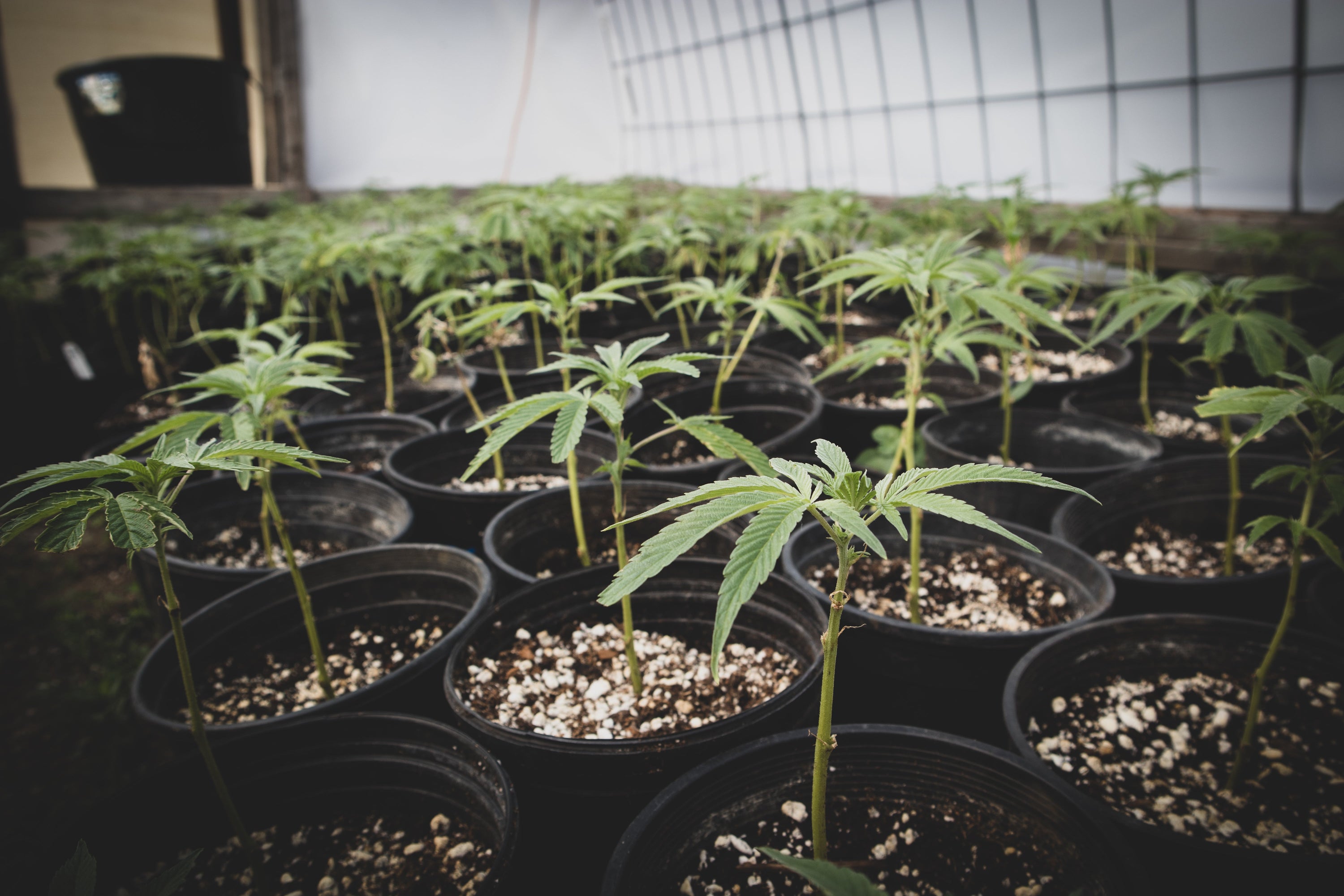May is the month of Mother’s Day! This means it’s the time to show some extra love to all mothers, including your mother plants.
While a terracotta pot with hand-planted pansies is a traditional gift for moms across the United States, it’s not the greatest gift for your mother plants. Instead, we’re here to walk you through some ways you can care for your cannabis mothers this Mother’s Day!
What is a Mother Plant?
Not sure what we’re talking about? Let’s walk you through it! Mother plants as they’re known in the cannabis world, are plants that are used to grow cuttings or ‘clones’ of existing cannabis plants. These are photoperiod plants (plants that go from veg to flower as a response to changes in their lighting schedule) that are kept in an extended vegetative phase to create many small, rooted cuttings of cannabis plants, that can then be cultivated into a full-size crop that is genetically identical from one plant to the next.
This is useful for growers because it allows them to omit the seed-seedling phase, jump-starting each grow cycle. They can ensure that they will get a consistent end product with each grow because every clone contains the same genetics and will produce the same end product. Mother plants also make it easier than ever to achieve the grower’s dream of a perpetual harvest.
The Right Stuff
Because you’re encouraging leafy development for bigger cuttings, plants need a regular supply of nutrients. Purple Cow IndiCanja is an excellent soil blend to take plants from a mature-rooted cutting (clone) to harvest, but with an extended veg-phase, mother plants need a different balance of nutrients for their long lifespan. Supplying them with a balanced amendment like our All-Purpose Fertilizer, paired with the BIOACTIVE Liquid Biology Bundle, will steadily supply a light dose of nutrients while keeping your soil microbially active.
Organic nutrients are typically better for mother plants than their conventional counterparts, because they tend to contain a lower concentration of macronutrients and contain a better diversity of micronutrients. This lowers your risk of nutrient burn and feeds your mother plants what they need, as they need it.
Just a Trim
Regular trims can not only maintain the shape of your plant but are also how you obtain cuttings that are carefully fostered into healthy clones. How you harvest is important to your overall plant health; improper cutting techniques can not only damage your clone but can risk infection and plant death for the mother plant.
Your first step is choosing and sterilizing your cutting implement. A sharp pair of scissors, small pruning shears, or a razor blade are all excellent options. Sharp tools will make a clean cut on the stem of your mother plant, minimizing plant trauma and risk of disease. Clean and disinfect your tools before using them. Some professional growers that maintain mothers for years will give each plant a designated cutting implement to lower the chance of disease transfer.
The trimming process can not only introduce a risk of infection to your plants but can also stress them out. Try to maintain a minimum healing time of 2 weeks to give the plant time to recover and create new greenery for cloning. Stress is the silent killer for plants, so keeping your mothers happy will extend their life cycle and allow you to get healthy plants from them for as long as you need.
As you’re taking cuttings for clones, consider how your plant will grow as a result of the cuttings you’ve taken. Plants that only have their lower leaves trimmed will grow bushy at the top and may become top-heavy over time. This not only increases your risk of the plant keeling over but also makes them harder to manage as the mother gets older. Topping plants and keeping them shorter and bushier will not only increase your number of healthy node sites but make it easier to manage them.
Let it Shine
Lighting is one of the most critical elements to control with mother plants. Photoperiod plants move onto the next phase of their growth cycle depending on how much light they receive, so it’s important that you keep their growing conditions consistent. Mother plants need a minimum of 18 hours of light per day. A reduction in their lighting schedule will trigger the plant to enter the flowering stage, so many growers keep lights on a timer, while others run their lights on a 24:0 schedule. Because mothers shouldn’t be in environments where the lighting is changing, it is recommended to keep clones in the same grow tent for a few weeks while they form healthy root systems and then move them to a separate tent to beef up before flower.
This Mother’s Day, show a little extra love to the moms in your life. Whether it’s flowers or fertilizer, your human and plant mothers will thank you for appreciating them.
Want to learn more about cultivating healthy cannabis mothers? Contact our expert growers!


